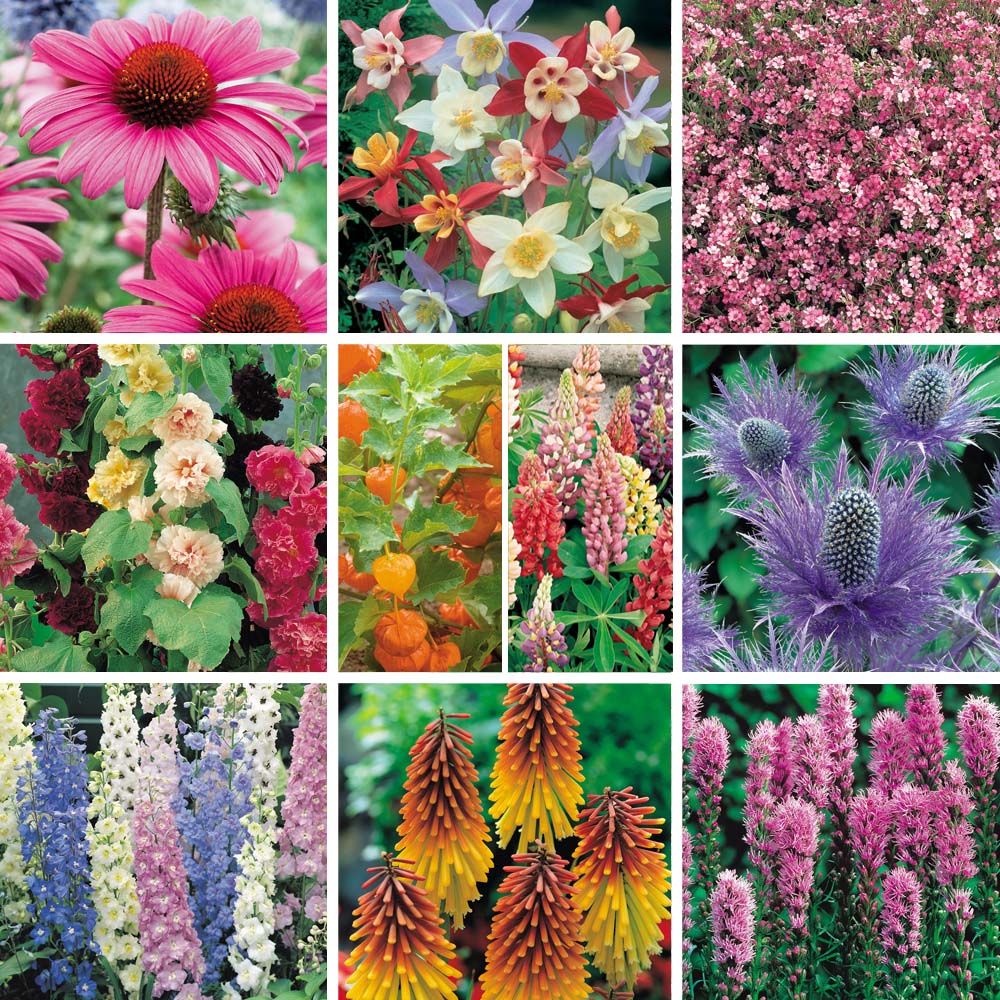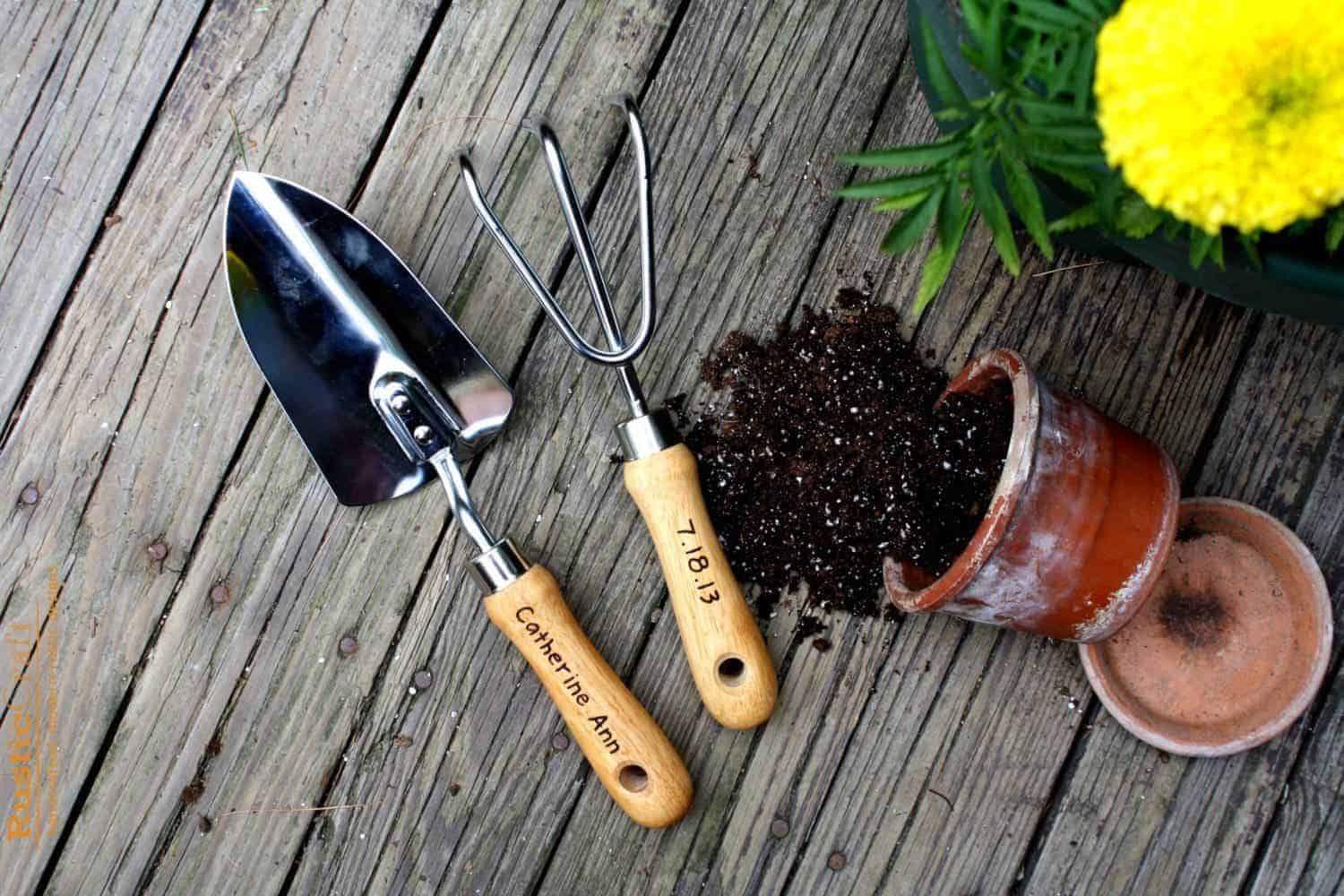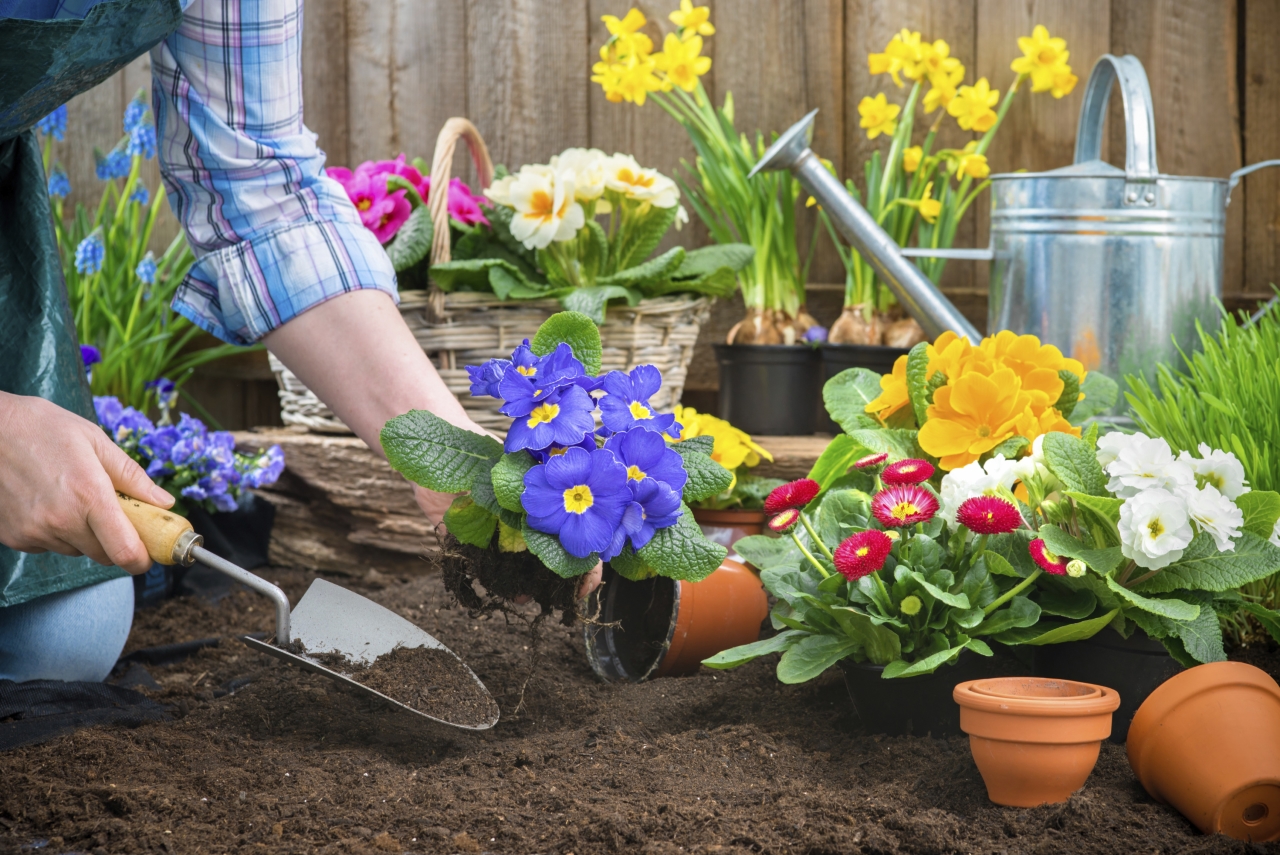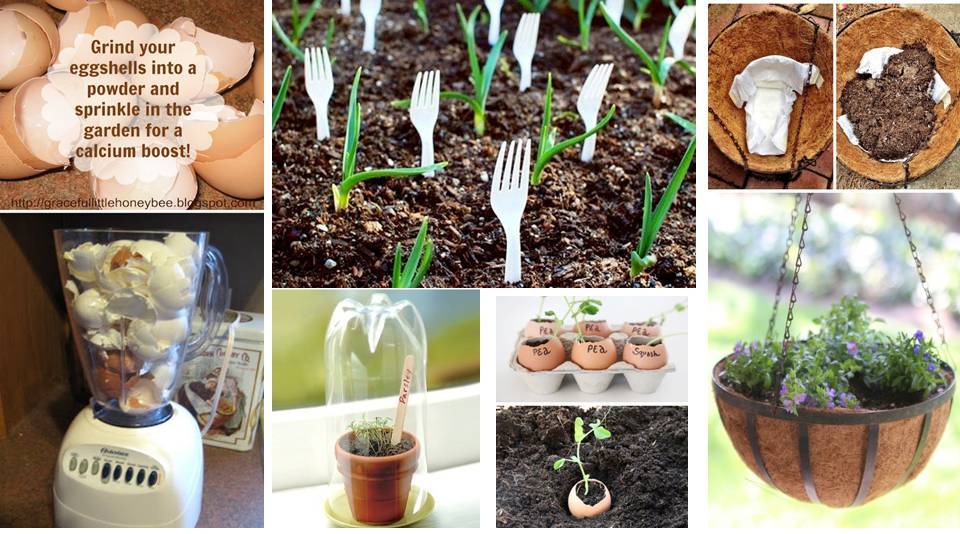The Joy of Home Gardening: An Introduction
Home gardening, the practice of cultivating plants in one’s residence, offers numerous rewards for both novice and experienced gardeners. Improved mental well-being is a significant benefit, as gardening has been shown to reduce stress, anxiety, and depression. Moreover, home gardening contributes to increased property value, making it an attractive investment for homeowners. Lastly, home gardening plays a crucial role in reducing environmental impact by promoting sustainable practices, such as organic gardening and local food production.
Creating the Ideal Garden Space: Site Preparation and Design
A successful home gardening experience begins with proper site preparation and design. Start by testing your soil to determine its pH and nutrient levels, as this information will guide your amendment choices. Next, evaluate sun exposure, ensuring that your garden receives at least six hours of sunlight daily. Layout design is equally important, as it impacts plant growth and maintenance requirements. Curvilinear paths and beds, for example, create a relaxed atmosphere, while geometric patterns offer a more formal appearance. When selecting a garden design style, consider your personal preferences, property aesthetics, and maintenance capabilities. Traditional cottage gardens, characterized by informal arrangements and a mix of ornamental and edible plants, are popular among home gardeners. Alternatively, modern, minimalist designs prioritize clean lines, simple shapes, and a limited plant palette. For those seeking to attract local wildlife, naturalistic or habitat gardening may be the ideal choice.
Selecting Plants for Your Home Garden: A Practical Guide
Selecting the right plants is crucial for a thriving home garden. Consider factors such as climate, space availability, and the gardener’s experience level when making your choices. A successful plant selection strategy should also consider the garden’s purpose, whether it be ornamental, edible, or habitat gardening. For ornamental gardens, prioritize plants that provide year-round interest, such as evergreen shrubs, perennials with long-lasting blooms, and ornamental grasses. Edible gardens should focus on a diverse range of fruits, vegetables, and herbs suited to the local climate and the gardener’s culinary preferences. For habitat gardening, select native plants that support local wildlife, including pollinators, birds, and beneficial insects.
Space availability is another critical factor in plant selection. For small gardens or balconies, consider compact or dwarf varieties, vertical gardening systems, or container gardening. For larger gardens, incorporate a mix of trees, shrubs, perennials, and annuals to create visual interest and support biodiversity.
How to Grow Plants Successfully: Essential Gardening Techniques
Mastering essential gardening techniques is vital for a thriving home garden. Proper planting, watering, fertilizing, and pruning practices contribute significantly to plant health and growth. Moreover, understanding organic gardening methods and their benefits can help create a sustainable and eco-friendly garden space.
Planting
Planting is the first step in establishing a successful home garden. Choose the right time to plant, considering your climate and the specific needs of your plants. Prepare the soil by removing weeds, loosening the soil, and adding amendments as needed. Plant at the correct depth and spacing, ensuring that the plant’s root system is well-supported.
Watering
Watering is crucial for plant growth, as it provides the necessary moisture for photosynthesis. However, overwatering can lead to root rot and other diseases. Aim to water deeply and infrequently, allowing the top inch of soil to dry out between watering sessions. Utilize drip irrigation or soaker hoses to conserve water and promote healthy root growth.
Fertilizing
Fertilizing provides essential nutrients for plant growth. Choose a balanced, slow-release fertilizer and follow the manufacturer’s instructions for application rates and timing. Consider using organic fertilizers, such as compost or well-rotted manure, to enrich the soil and promote long-term soil health.
Pruning
Pruning is an essential technique for maintaining plant shape, encouraging bushier growth, and removing dead or damaged plant material. Prune at the right time, considering the plant’s growth cycle and specific pruning needs. Always use clean, sharp tools to make precise cuts and minimize the risk of disease transmission.
Organic Gardening Methods
Organic gardening methods focus on creating a sustainable and eco-friendly garden space. Incorporate techniques such as composting, crop rotation, and companion planting to enrich the soil, promote biodiversity, and reduce the need for chemical pesticides and fertilizers.
Managing Pests and Diseases in Your Home Garden: Prevention and Control
A thriving home garden can be affected by various pests and diseases, which can cause significant damage if left unchecked. Utilizing integrated pest management (IPM) strategies can help prevent and control these issues while minimizing the use of chemical pesticides. IPM emphasizes understanding pest life cycles, monitoring pest populations, and implementing cultural, physical, and biological controls.
Common Pests and Diseases
Common pests in home gardens include aphids, spider mites, whiteflies, and various caterpillars. Common diseases include powdery mildew, black spot, and early blight. Familiarize yourself with the signs and symptoms of these issues to facilitate early detection and control.
Prevention Strategies
Prevention is key to managing pests and diseases in home gardens. Implement the following practices to reduce the likelihood of infestations:
- Select and plant disease-resistant varieties.
- Maintain proper plant spacing to promote air circulation.
- Remove and dispose of diseased plant material promptly.
- Practice crop rotation to disrupt pest life cycles.
- Utilize companion planting to attract beneficial insects and deter pests.
Monitoring and Early Detection
Regularly inspect your garden for signs of pests and diseases. Early detection allows for more effective control and reduces the likelihood of widespread infestations. Keep a record of your observations to track pest populations and identify trends.
Cultural, Physical, and Biological Controls
Implement cultural, physical, and biological controls to manage pests and diseases without relying heavily on chemical pesticides. Cultural controls include adjusting watering and fertilization practices, while physical controls involve handpicking pests or using barriers to prevent access. Biological controls involve introducing natural predators or parasites to target specific pests.
Extending the Growing Season: Seasonal Gardening Tips
Home gardening doesn’t have to be limited to the traditional growing season. With careful planning and the right techniques, you can enjoy fresh produce year-round. Extend your growing season with seasonal planting guides, cold frames, and row covers, and take advantage of the benefits of year-round gardening.
Seasonal Planting Guides
Seasonal planting guides provide valuable information on which plants to grow during specific months. By following these guides, you can ensure that you’re planting at the optimal time for your region, increasing the chances of a successful harvest. Many gardening resources and local extension services offer seasonal planting guides tailored to your area’s climate and first and last frost dates.
Cold Frames
Cold frames are simple structures that protect plants from harsh weather conditions, allowing you to start seeds earlier in the spring and keep plants going later into the fall. Construct a cold frame using recycled materials, such as old windows or clear plastic sheeting, and place it in a sunny location. Cold frames can also be used to harden off seedlings before transplanting them into the garden.
Row Covers
Row covers are lightweight fabrics that can be draped over plants or hoops to provide an extra layer of protection from frost, wind, and pests. Row covers can also increase soil temperature, promoting faster germination and growth. Choose a breathable material to prevent overheating and ensure adequate air circulation.
Benefits of Year-Round Gardening
Year-round gardening offers numerous benefits, including a continuous supply of fresh produce, improved mental and physical well-being, and extended learning opportunities. By growing your own food year-round, you can reduce your reliance on imported produce, save money on groceries, and enjoy the satisfaction of harvesting homegrown produce throughout the year.
Harvesting and Preserving Your Garden Bounty: Maximizing Your Yield
Harvesting and preserving your homegrown produce is a rewarding experience that allows you to enjoy the fruits of your labor long after the growing season has ended. Proper harvesting techniques and preservation methods can help maximize your yield and ensure that your produce stays fresh and flavorful. Additionally, understanding the importance of crop rotation and companion planting can contribute to a more productive garden.
Harvesting Techniques
Harvest your produce at the right time to ensure optimal flavor and texture. Research the specific harvesting requirements for each plant in your garden, as some fruits and vegetables continue to ripen after being picked, while others must be harvested at peak ripeness. Use clean, sharp tools to minimize damage to the plant and its surrounding foliage. Harvesting in the morning, when temperatures are cooler, can also help maintain the quality of your produce.
Preservation Methods
Preserve your homegrown produce using various methods, such as canning, freezing, and dehydrating. These techniques can help extend the shelf life of your produce, reduce food waste, and allow you to enjoy your garden’s bounty throughout the year. Always follow proper food safety guidelines when preserving your produce to minimize the risk of contamination and spoilage.
Crop Rotation and Companion Planting
Implementing crop rotation and companion planting strategies can help improve soil health, reduce pest pressure, and increase overall garden productivity. Crop rotation involves changing the location of different plant families within your garden each year, while companion planting involves pairing specific plants together to enhance their growth and deter pests. By incorporating these practices into your home gardening routine, you can create a more sustainable and productive garden space.
Incorporating Technology and Innovation in Home Gardening
The world of home gardening is constantly evolving, with new technologies and innovative approaches that can help gardeners of all experience levels achieve greater success in their gardening endeavors. From hydroponics to vertical gardens and smart gardening tools, these trends offer unique benefits and challenges. Understanding these advancements can help you decide whether to incorporate them into your home gardening experience.
Hydroponics
Hydroponics is a soil-less gardening method that involves growing plants in nutrient-rich water. This technique can be used indoors or outdoors and allows gardeners to control the nutrient intake of their plants precisely. Hydroponics can result in faster growth rates and higher yields compared to traditional gardening methods. However, it can also be more expensive and require a higher level of maintenance.
Vertical Gardens
Vertical gardens are a space-saving solution for gardeners with limited square footage. By growing plants vertically on walls, fences, or other structures, gardeners can maximize their growing area without sacrificing valuable floor space. Vertical gardens can be created using various materials, such as pocket planters, wall-mounted containers, or vertical towers. While they offer an efficient use of space, vertical gardens can also present challenges related to watering, lighting, and accessibility.
Smart Gardening Tools
Smart gardening tools, such as soil moisture sensors, automated watering systems, and plant growth monitoring devices, can help gardeners optimize their gardening practices. These tools can provide real-time data on factors like soil moisture levels, temperature, and light exposure, allowing gardeners to make informed decisions about their plants’ care. While smart gardening tools can offer convenience and improved plant health, they may also require an investment in technology and a willingness to learn new systems.
Considerations for Incorporating Technology and Innovation
When deciding whether to incorporate technology and innovation into your home gardening experience, consider factors such as your budget, available space, and gardening goals. Assess the potential benefits and challenges of each approach and determine which methods align best with your needs and preferences. By staying informed about the latest trends and advancements in home gardening, you can continually enhance your gardening experience and achieve greater success in your home garden.







